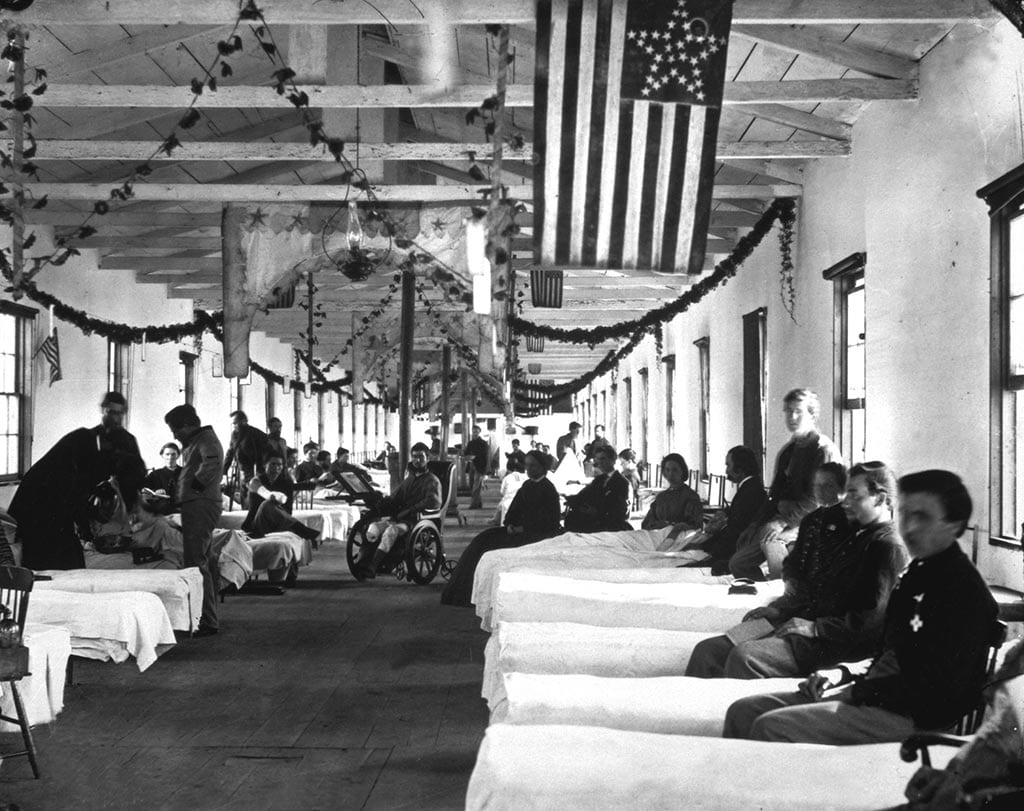
Lisa Quijano Wolfinger, executive producer and co-creator of “Mercy Street” with David Zabel, talked about the creation of the groundbreaking PBS series.

The series also captures the frenetic world of occupied Alexandria, a melting pot behind the lines, where Confederate sympathizers mingled with Union troops in a city populated by longtime residents, civilian refugees, freed African Americans, escaped slaves, wounded men from both sides, corrupt officials, prostitutes, women volunteers, and others. The series focuses on two women: Mary Phinney, Baroness von Olnhausen, a Union Army nurse and abolitionist, and Emma Green, a Southern belle and daughter of the owner of Mansion House, a former luxury hotel, and a hospital volunteer.
#Pbs series civil war hospital professional#
“Mercy Street,” a new dramatic PBS series, tells the story of the Civil War medicine and nursing through the professional and personal lives of the staff at the Mansion House Hospital in the Union-occupied Southern city, Alexandria, in 1862. They learned to care for severely wounded and seriously ill men, advocate for their patients, cut red tape and persist as they battled blatant sexism, squalid conditions, the resentment of many doctors and military leaders, and gross inefficiency as a gruesome flood of sick or injured men flooded medical facilities. The nursing profession was in its infancy, and most of the women volunteers came with a desire to help others but no medical training. And even trained physicians were unprepared for the challenges of the devastating carnage of the war, the hordes of traumatized men. was considered a medical backwater, and virtually anyone who had the desire to be a doctor could practice whether or not they had a medical degree. To alleviate the suffering of Union and Confederate soldiers alike, women stepped into the fray and at least 20,000 volunteered to serve in capacities related to medicine from nurses to laundresses to hospital staff, including about 6.000 Union Army nurses, many under the command of renowned reformer Dorothea Dix, the Superintendent of Army Nurses.Īt the time, the U.S. Hundreds of thousands more troops were wounded or seriously ill. And two-thirds of Civil War deaths were from illness. If a similar number of Americans died in a war today, the toll would reach about 7.5 million. history with a death toll of 750,000, according to recent studies - more than twice the number of American troops killed in World War II and two percent of the population in the 1860s. The Civil War was the bloodiest conflict in U.S.


 0 kommentar(er)
0 kommentar(er)
